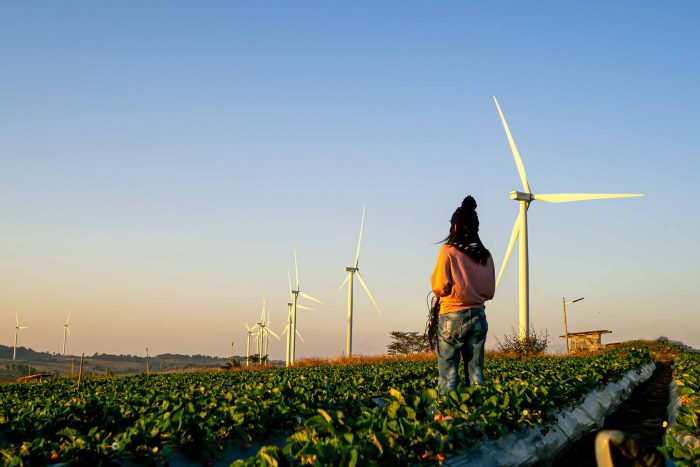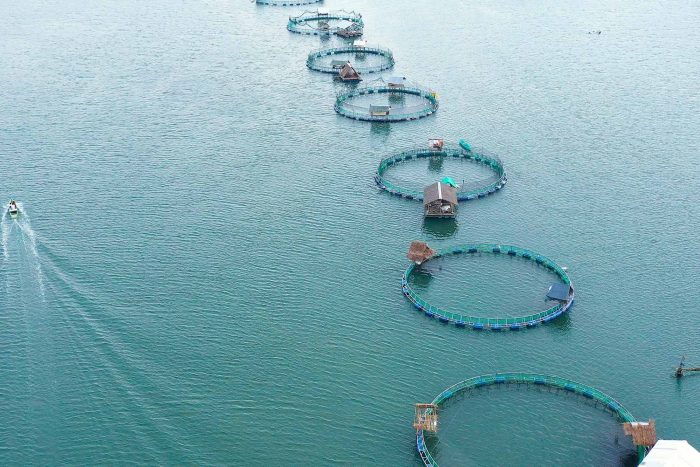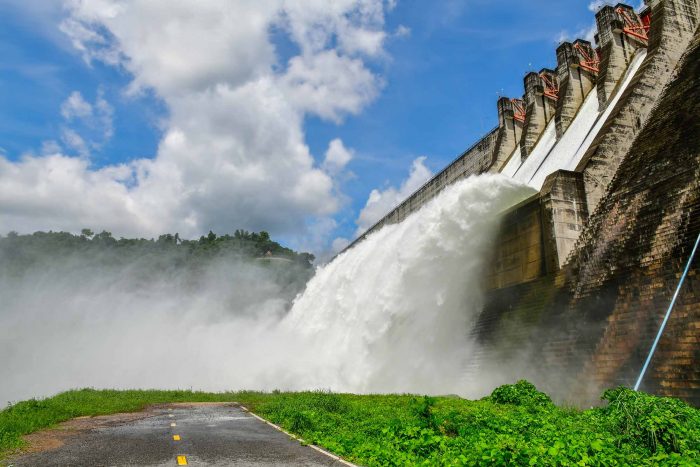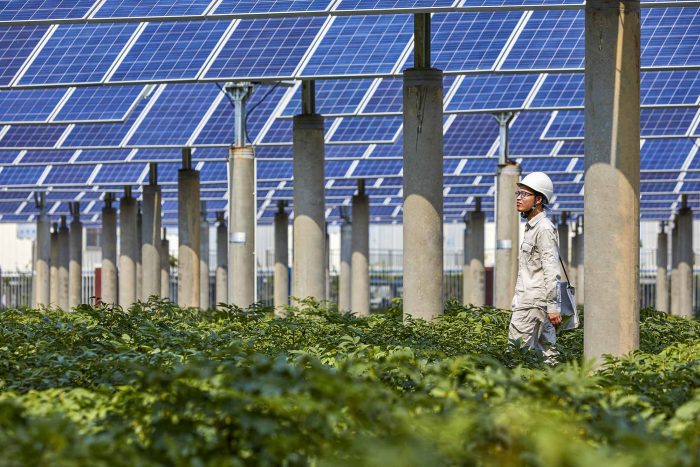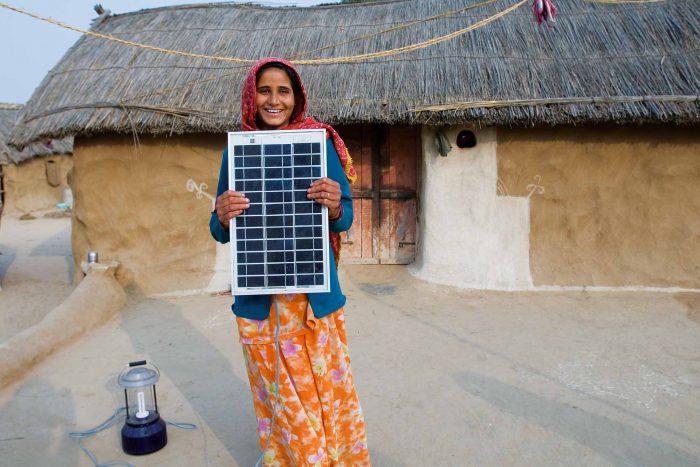From Hunger To Wellness: How AgTech Should Respond to a New Era
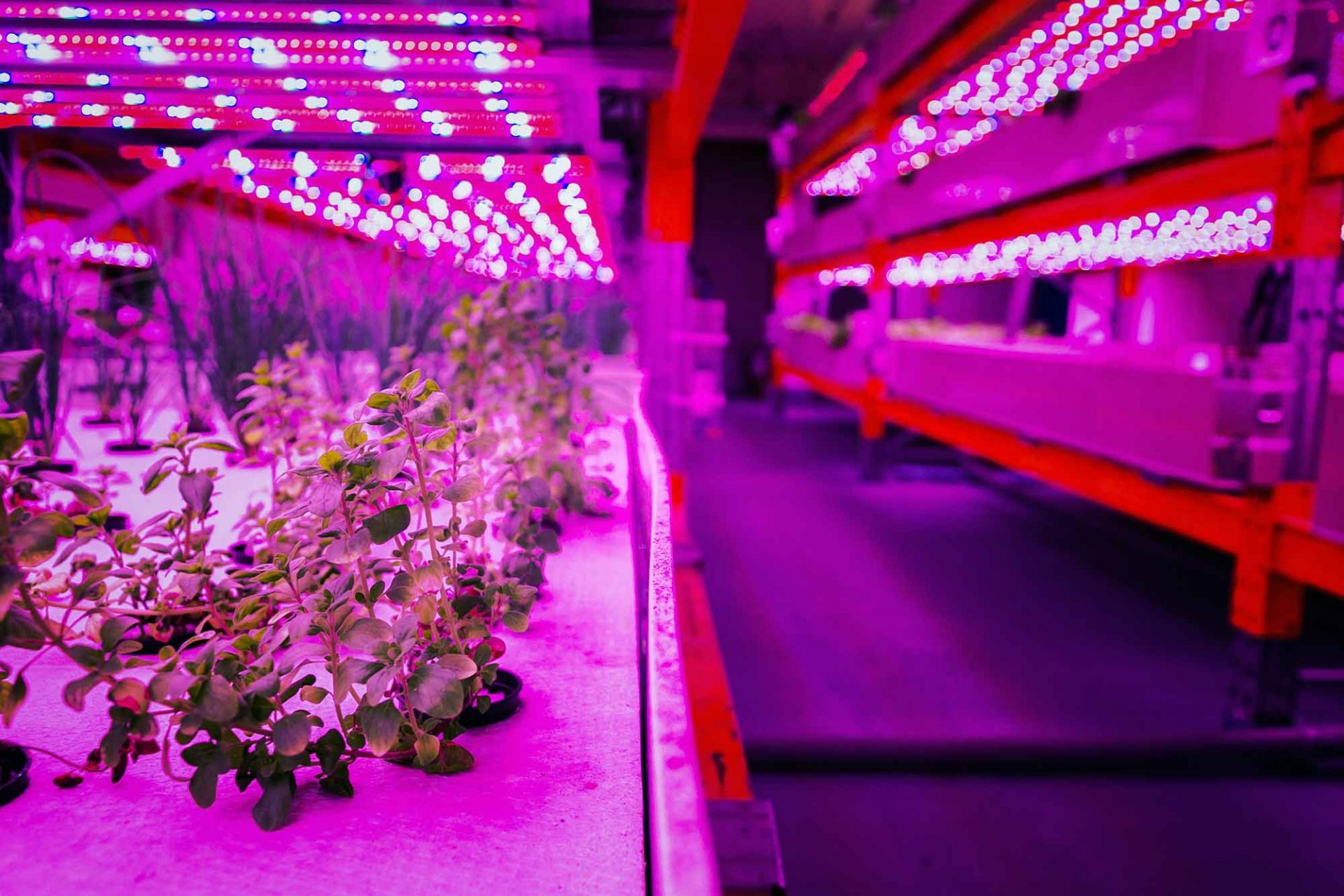
The world population will reach 10 billion by 2050, requiring a 70 per cent increase in food production. The rapid rise of the middle class in Asia has put renewed pressure on protein demand which is estimated to be 50 per cent higher by 2030, because the middle class in the Asia Pacific alone will be five times that of Europe and 10 times of North America. Food security challenges include the bipolar pandemic of hunger and obesity. Nearly 700 million are hungry including 260 million on the brink of starvation, yet more than two billion are overweight with poor metabolic health due to malnourishment. Therefore, to truly address the global food security, we must place equal emphasis on nutrition to remedy another pandemic—chronic illnesses and the associated metabolic ailments.
Food and agriculture value chains are major pillars of GDP, employment, and social stability in most Asian countries. Even before the COVID-19 pandemic, the region had been facing food and nutrition challenges. Post pandemic the system will face additional stress, forcing both food importers and exporters to rethink their short and long-term plans. Furthermore, decades of globalisation have resulted in centralised production and distribution systems, creating fragilities in the supply chains. As we work to meet the immediate food challenges, consideration must be given to whether sustainability, climate change and sustainable development goals will remain focal points. Before the pandemic there was rising focus on global issues such as climate change reflecting a sense of the greater good, for all of us, everywhere. In the space of a few weeks we seem to have shifted to a me, here mindset. Widespread hoarding of supplies, including by nations, breaking supply chains and asset market falls, may offer clues. However, this is neither the time nor a reason to ignore important macro issues.
It is too early to know how long the current misalignments may last and what fall outs will impact food exporting nations such as Australia. Still, to achieve monumental goals, international coordination and cooperation are essential. Yet, geopolitical tensions are rising with bifurcation of alignments among Group of 20 economic powers at a time when ensuring the integrity and cohesiveness of the global health and food supplies and their respective industries is essential. The knee jerk reaction is one of “you are with us or not.” For example, China has been extending carrots to Europe, Africa, and others in its sphere of influence with health supplies, but tensions are rising as it faces a backlash for how it handled information sharing about the outbreak.
Post-pandemic realities and shifts
Against this backdrop of major challenges and a fraught post COVID-19 world, several themes are unfolding. Global food supply chains are breaking as growers and labor-intensive food processing centers face labor shortages; there is a new model of just in case vs the current just in time one; health awareness is at an all-time high creating more discerning consumers demanding healthy clean food; globalisation and centralisation in pursuit of efficiency and profit have laid bare the weaknesses along the entire food value chain; the power of biology to solve vexing problems has become obvious to the general public; a prolonged period of high employment is setting in requiring new ways to ensure accessibility of affordable healthy food for all.
When, where and how such disruptions result in food scarcity and inflationary pressures is not clear but could exacerbate global food insecurity. High unemployment would lower demand in discretionary spending and food supply disruption could mean inflationary pressure for essential consumer staples. No one would win under such a scenario (for example, while cattle prices are falling, meat retail prices are rocketing up and meat packers cannot profit from the situation). This bifurcation will test the resilience of our systems. Despite such turbulence, I am confident that innovation in AgFood tech along with appropriate policies can address such emerging themes. We may be entering an era of back to basics in which economic expansion may take a back seat to securing food supplies and protecting public health. More importantly, the winners in this race will be those who can rapidly translate these challenges into pragmatic and positive outcomes to maintain their competitive edge.
Investment opportunities
The recent United Nations Global Report on Food Crisis warns that “the world is at risk of widespread famines of biblical proportions.” It is becoming clear that the only way to avert this tragedy is through real innovation in food production and distribution. Moreover, agriculture is one of the least digitised industries and is ripe with opportunities for a digital roadmap to a food secure future. Thankfully, appetite for innovation in critical need areas such as health, food and agriculture are strong and the true and tested mantra of disrupt or be disrupted persists.
Despite a significant decline in AgFood venture capital investing in 2020 and thousands of thinly funded startups facing dissolution, investment in this sector will remain attractive not just because food is essential, is a defensive asset class and non-correlated to public markets, but because deals are at lower valuation. Furthermore, in a span of weeks many aspects of our lives leap frogged several years to digital, meaning that as one of the least digitalised industries, agriculture offers the greatest potential.
Risk and venture capital will favor the afore-mentioned emerging themes. For now, recent eyepopping valuations will disappear at least for the next couple of years. Investors are in a wait and see mode which is expected to last another 6-12 months. They are inclined to fund modest rounds or entirely pulling the rip cord from weak companies. Bridge financing and deal-by-deal investments, rather than investing in funds may become the preferred mode of venture investment for the foreseeable future. As corporations and institutional investors rethink funding priorities, corporate backed and lower quality accelerators will be closed or forced to pivot. Startups across all industries including AgFood are under pressure. Those with a short runway and without a minimum value product to generate cash flow will go dark as funding will go to the strongest and most viable. Startups can stabilise by lowering expenses and pivoting their business models in a way that would improve their finances and simultaneously improve profit margins for growers. Overall, it is a buyer’s market as discriminating investors preserve cash for follow on support of their most viable portfolio companies and making selected investments in high priority areas.
Plentiful pain points along the value chain present great investment opportunities. First, an unexpected bonus is awaiting us—a rush of investments in health-related biotech and health supply chain logistics will result in exquisite advances in health care preparedness. The AgFood community must exploit this gift of low hanging fruit by quickly adopting such advances. How efficiently and cleverly we adopt such technologies will form a new narrative in food and nutrition security. Returns will be best on what farmers really need: less expensive farm inputs and savings in water, chemicals and labor such as cost saving and sustainable inputs that can be adopted in the 10-30-60 model (product used on 10 per cent of crops in the first year, 30 per cent and 60 per cent in later years). However, the bar may be high because of a longer adaptation time due to a potentially long tail cycle and budget cuts in R&D.
With high unemployment, consumers will be cost, and health conscious. This awareness undergirds the new trend of food as medicine based on clean, traceable and alternative foods. New investment opportunities will emerge from social distancing and the growth in direct to consumer transactions. We are facing a paradox of food shortage and waste due to supply chain/logistics disruptions for which supply chain management and assurance platforms are needed to close the gaps. There will be a rise in use of robotics and automation along the entire supply chain to respond to labor shortages and to minimise human points of contact. The need for production reshoring will create opportunities for vertical and indoor farming systems to respond to higher demand for regional/local products.
Inflationary pressures and supply chain breaks in the meat sector are resulting in higher demand for alternative proteins including insects, plant-based and cultured protein. Ingredients makers would do well by producing healthy products, as consumers use food choices for wellness. Investment in biotech, especially for farm input materials and for desirable traits via synthetic biology and gene editing via CRISPR technology offer great opportunities. Governments are likely to ease regulations regarding genetic modification and gene editing to shorten the product to market cycles as well as gaining new markets and competitive edge.
Australia and Asian markets: competitive strategies
Australia enjoys great brand equity worldwide and is known as a source of high-quality trusted food. With a vibrant and cutting-edge national food and culinary culture, Australia has a great story to tell. It will continue to be a leader in food export and trade but must heed the increased competition as almost all nations would place high priority on sufficient onshore-grown food availability. The situation calls for a re-evaluation of longstanding structures for all players. Even before the pandemic most nations were directing national efforts and investments into local/regional food production. For example, in 2019 Singapore launched the ambitious and aggressive AgFood strategy of “30 x 30” to produce 30 per cent of its food by 2030. The winners in this race will be nations that will move with speed and boldness to adapt to new realities.
With a strong science and technology base and robust financial markets, Australia has all the attributes and tools to face new challenges and adapt to post pandemic realities. It can get into the front ranks of a new bio economy to not only diversify its economy, but to diversify its markets. Moreover, Australia excels in health biotech and software. It can up its game in food and agtech quickly and without difficulty.
As a resource rich nation with a talented workforce, Australia is capable, and should design and deploy strategies to become highly competitive not just in agriculture commodities but in AgFood tech by developing a robust innovation ecosystem. The green shoots are already there in the form of accelerators and entrepreneurial clusters. The vibrancy in the entrepreneurial ecosystems attained in the last few years must be cared for and nurtured. Such ecosystems are the future and Australia cannot afford to lose momentum at this critical juncture.
The government might consider allocating dedicated funds for the ecosystem as well as incentivising the private sector to meaningfully increase risk capital–an area in need of improvement–for innovation in this area. Supportive policies can speed up the regulatory process and clearance to quickly advance to market critical needs technologies such as biotechnology.
Further, while Asia Pacific nations are Australia’s largest trade partners, the greatest opportunities in food and agriculture trade may be elsewhere, especially in central Asia, the Middle East and north Africa region. Australia can improve its competitive edge by embarking on the creation of a National Food and Nutrition Security Strategy, which amongst other things could highlight its status as a reliable and trustworthy source of traceable clean food and to attempt to open new markets both in trade and R&D cooperation.
A path ahead
A decades-long generational shift is unfolding with the emergence of a consumer and health-centric era. The post-pandemic world is fraught with vulnerabilities in the global food supply chains, potential shortages, widespread hunger and the dichotomy of inflation in necessities and deflation in luxuries. In the short to medium term it is hard to know how various cross currents will play out. In the long run, it is certain that human ingenuity will overcome the challenges to build a resilient food system. We will innovate our way of this one, as humanity has done over millennia.
This new era encompassing AgFood tech and biotech is already upon us and is unfolding in most rewarding and astonishing ways. My fondest hope is that the crisis will spawn a global Sputnik 2.0: the emergence of a biotech generation – Gen B – much as the launch of the Sputnik spaceship kicked the baby boomer generation into choosing science and technology careers in large numbers during the century of physics. Governments can sharpen their competitive edge by heeding the dominance of the bioeconomy and exploiting the dawn of the century of biology.
Australia is well positioned to remain a trusted source of high integrity foods. It has all the tools and skills to be a world leader in AgFood tech innovations to capture new markets beyond Asia Pacific. A roadmap for AgFood tech as a central piece of the National Food and Nutrition Security Strategy would maintain and expand the Australian global leadership position.




